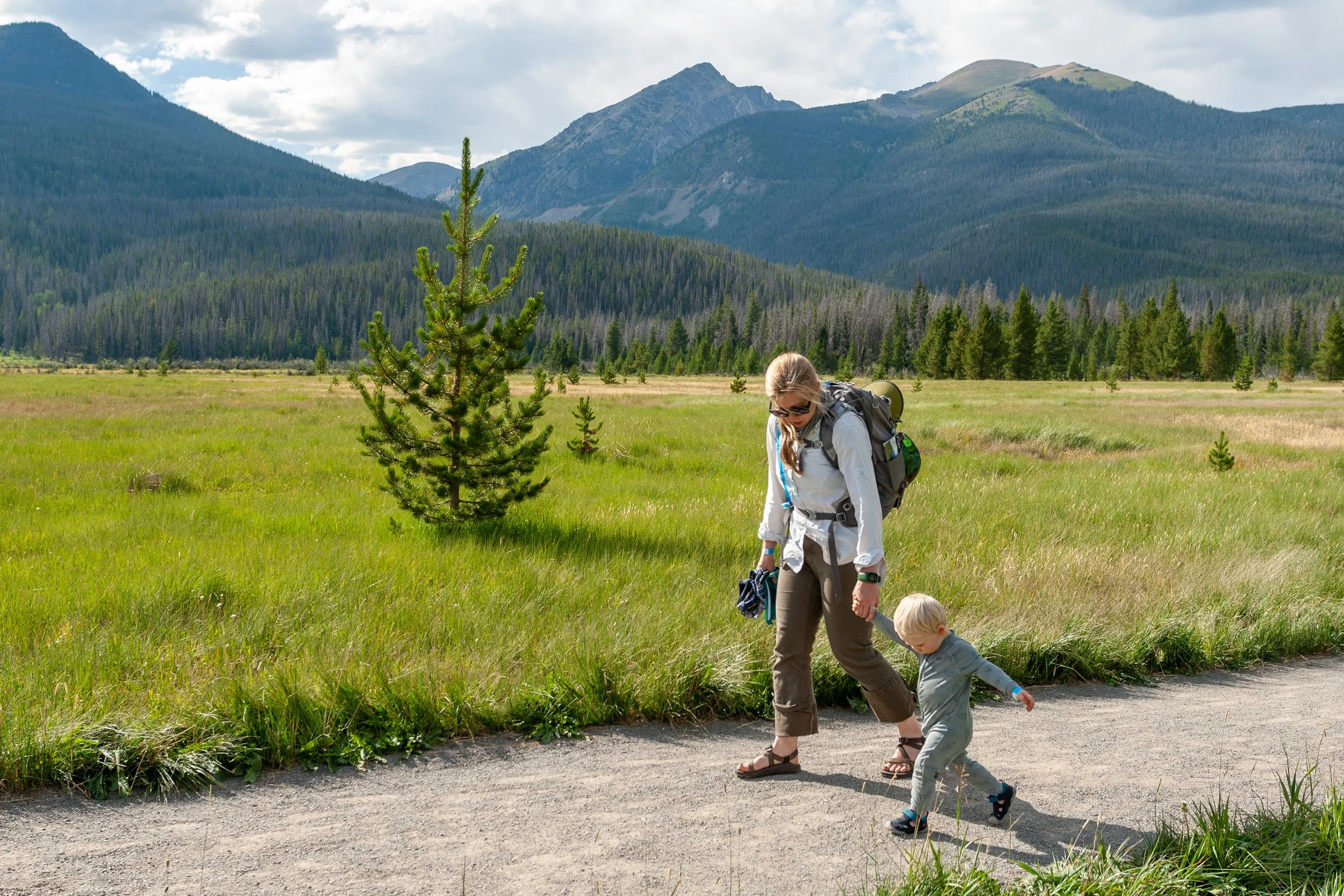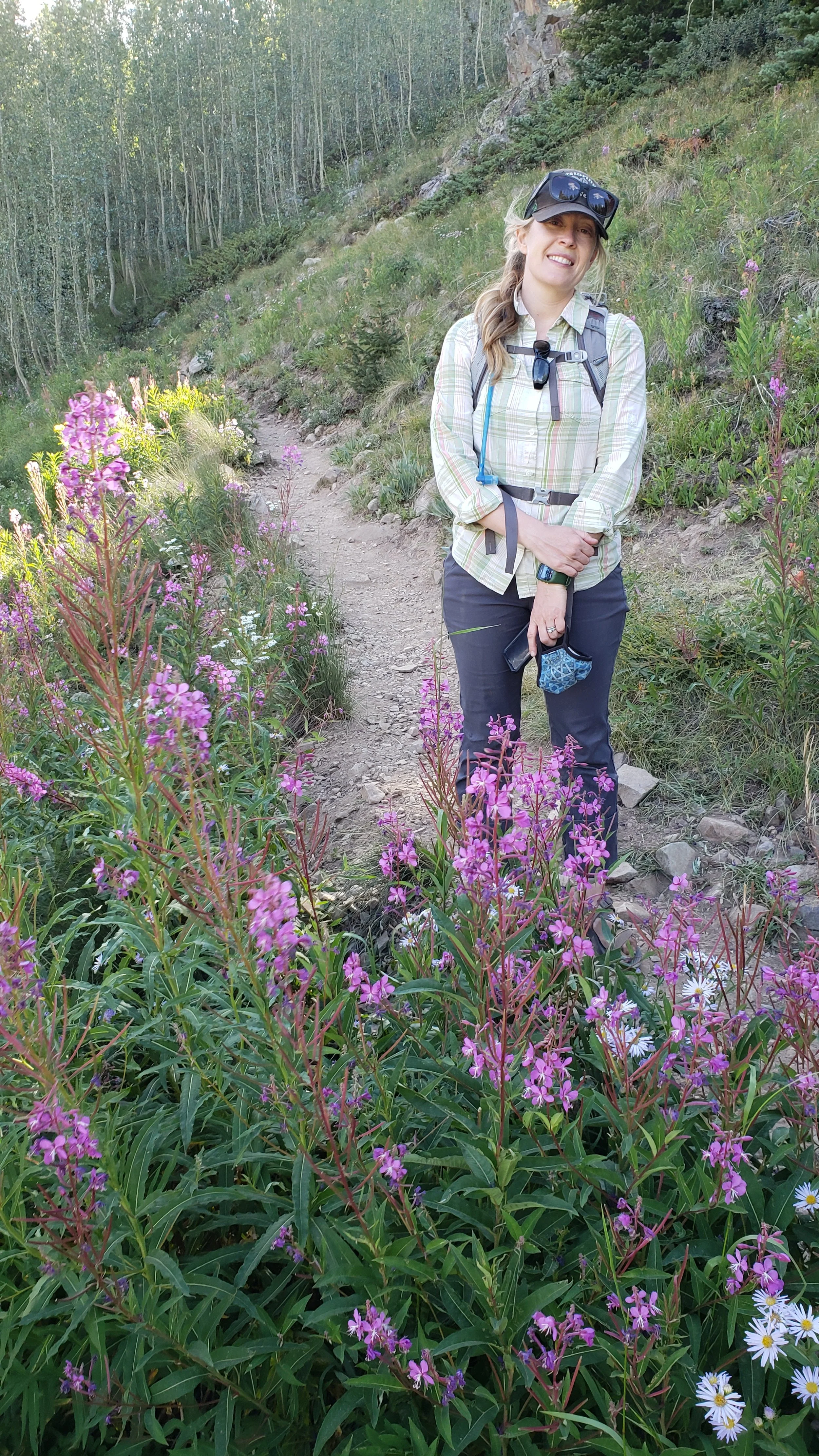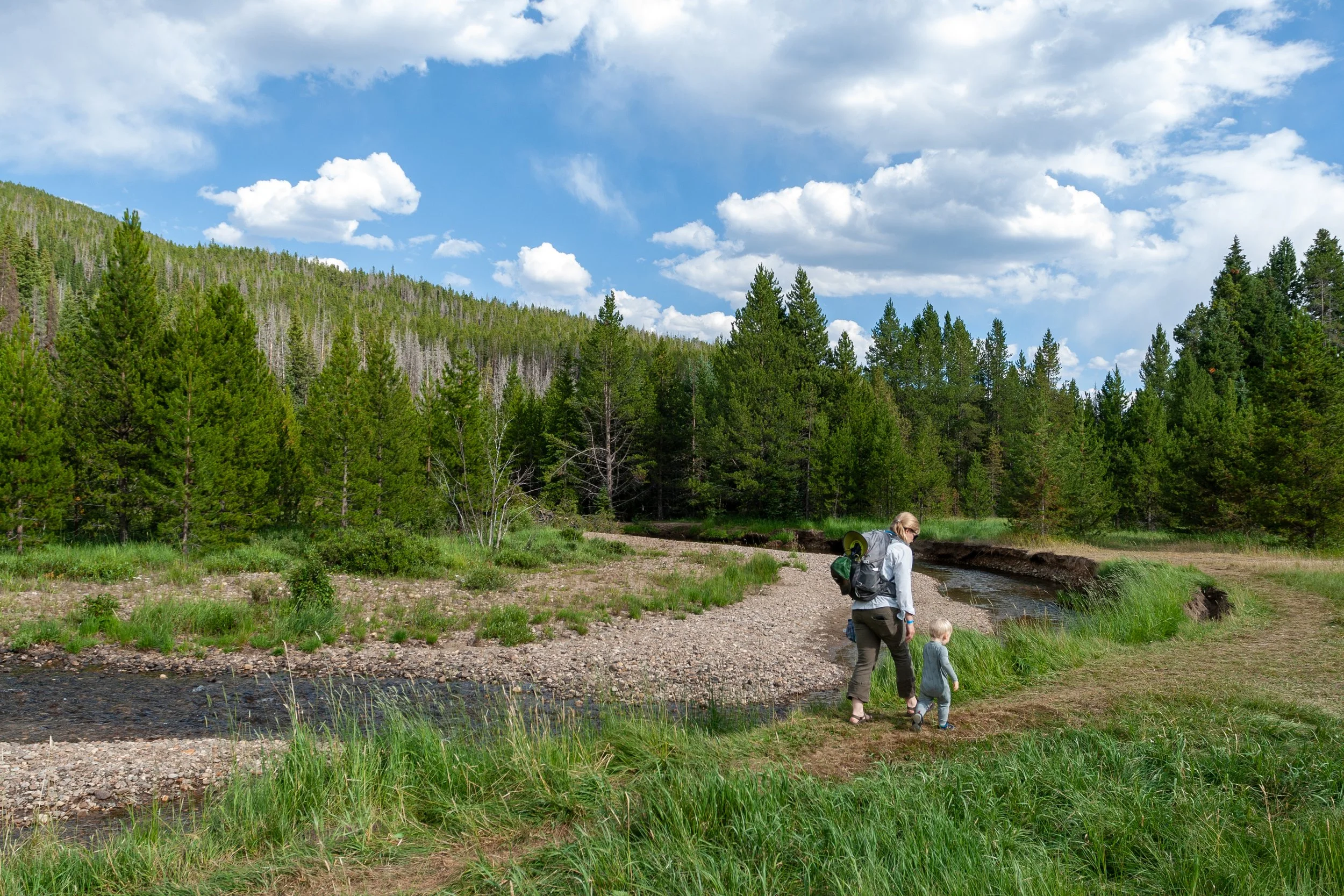Meet Our Team: Mary
Dr. Mary Pendergast has been a central part of Sageland Collaborative for over eight years. As Conservation Ecologist, she establishes and expands crucial projects, research, and partnerships to support wildlife in the West. Programs she has developed include Wasatch Wildlife Watch, Plants and Pollinators, the Boreal Toad Project, and Herp Search (coming soon!). From long backcountry hikes setting up wildlife cameras to muddy wetland sloshes surveying for monarchs and amphibians, her conservation career has brought her to—and through—all kinds of western landscapes.
If you know Mary, you know that she has a sharp analytical mind, collaborative conservation ethic, and true passion for wildlife. These traits combined with extensive ecology training and years of field experience allow her to meaningfully serve the wildlife she values so deeply. She has published multiple scientific papers and received awards over the years, but what marks her dedication to conservation most are the many on-the-ground impacts she has made possible.
Check out Mary’s most recent paper and the Environmental Dashboard she has helped bring to life.
If you’ve volunteered with us, you’ve probably met Mary. Here’s a chance to get to know her better!
Mary surveys for boreal toads, showing the next generation what conservation looks like (hint: warty and a little slimy).
What originally drew you to Sageland Collaborative?
I was originally drawn to Sageland Collaborative’s mission: “science in support of wildlife and land conservation.” After working for a few years in academia and environmental planning, I became keenly aware of the challenges of merging science and up-to-date data collection with the budget and time constraints of wildlife and habitat management decisions. It was clear to me that Sageland Collaborative was uniquely suited to help fill wildlife distribution and habitat condition data gaps that may not otherwise be filled quickly enough to inform conservation planning processes.
What do wildlife mean to you?
I consider it a privilege whenever I have the opportunity to share space with wildlife, including both plants and animals. Whether listening to raptors call from a remote peak surrounded by wilderness or observing a bumble bee pollinating a flower at the edge of a neighborhood park in a bustling traffic soundscape, it is a privilege to encounter wildlife. I consider it an obligation to respect and protect wildlife and the biodiversity of our planet, which has inherent value.
How did you discover your passion for wildlife and conservation?
I discovered my passion for wildlife as a small child, perhaps like many others! I had the privilege of growing up near open space with forested areas, wetlands, and lagoons. Many of my summer days were spent wandering through the wooded area near our house searching for insects, amphibians, snakes, and small mammals. I have fond memories of walking the perimeter of the lagoon or sitting on a rock near the water's edge.
What brings you the most joy in your current work?
I feel the most joy when I get to spend time in the field and observe wildlife in their natural habitat. It’s a privilege to get to interact with wildlife and lands as part of my work.
What do you look forward to most in conservation? What gives you hope?
I’m inspired by the increased amount of collaboration across all sectors of applied conservation, including academia, state and federal agencies, municipalities, Indigenous people, and non-profits. Given this shift in the world of conservation, I have a sense of hope when I look to future projects and conservation planning efforts.
What would you say to others looking to get involved with conservation?
In addition to getting academic training in the realm of conservation science, I would recommend working to understand the people and entities that are engaged in conservation planning. If you can learn to understand a broad group of perspectives and lived experiences and include them in conservation processes at the early planning stages, you will be more likely to have lasting positive impacts for wildlife and land conservation.
Dr. Mary Pendergast has been an ecologist at Sageland Collaborative (previously Wild Utah Project) since 2014. She specializes in community ecology, conservation planning and adaptive management processes for and with state and federal agencies, local working groups, and other nonprofit organizations. Dr. Pendergast also engages in research projects and publications, and oversees data collection efforts such as citizen science programs working to provide science-based strategies for wildlife and land conservation.



